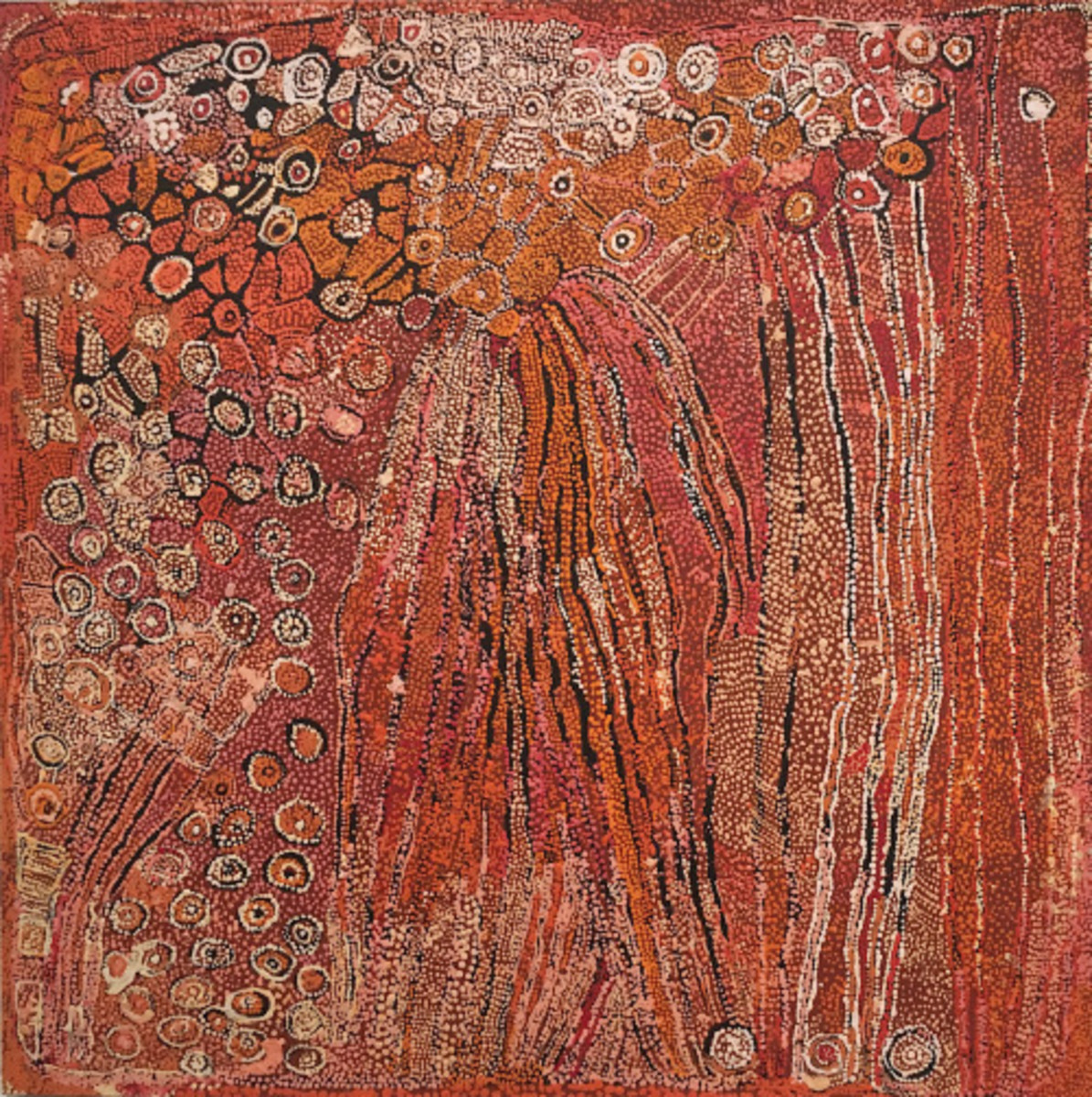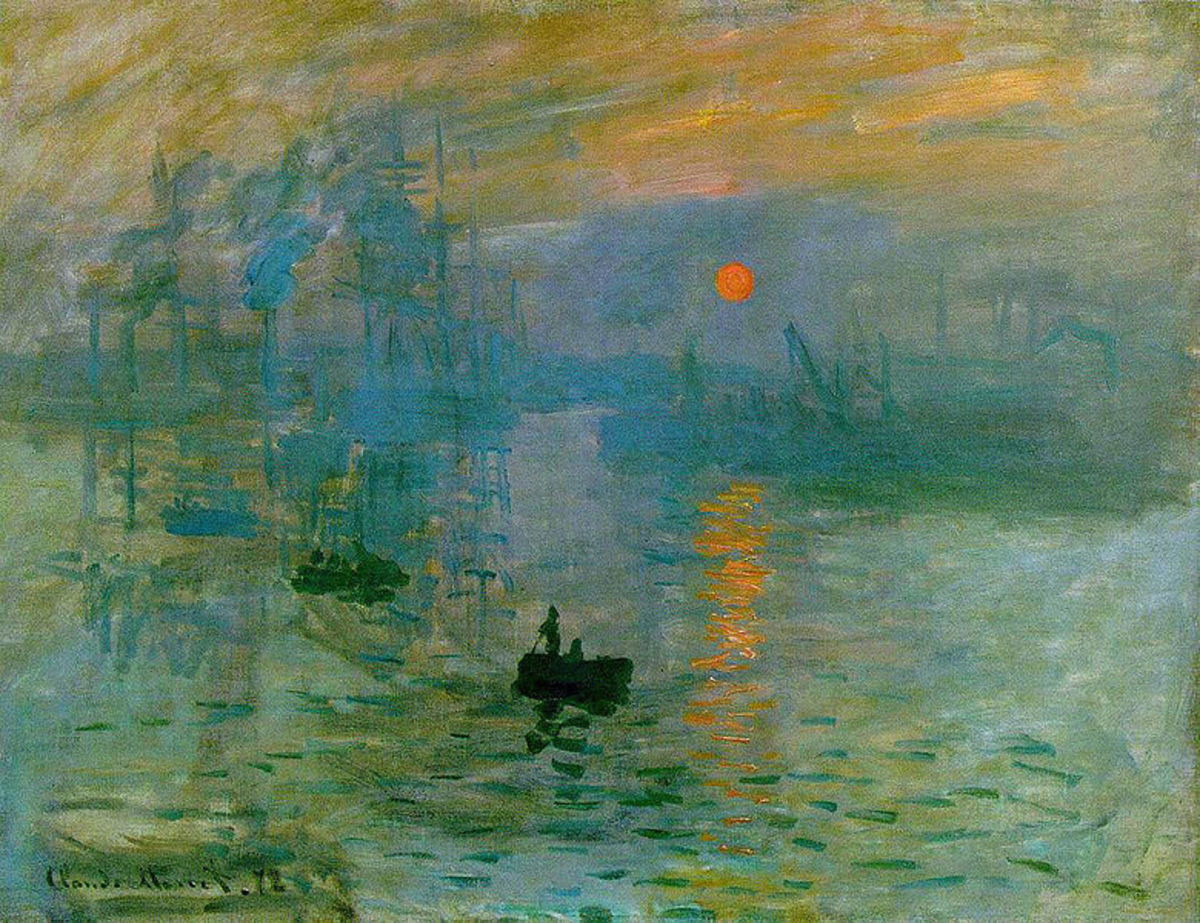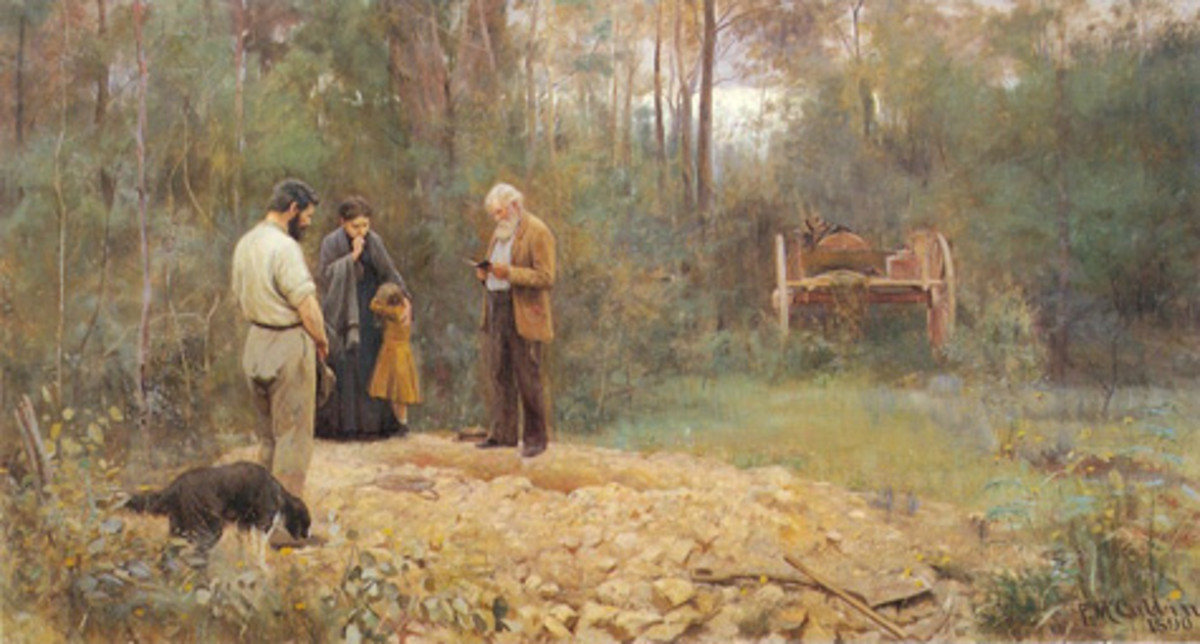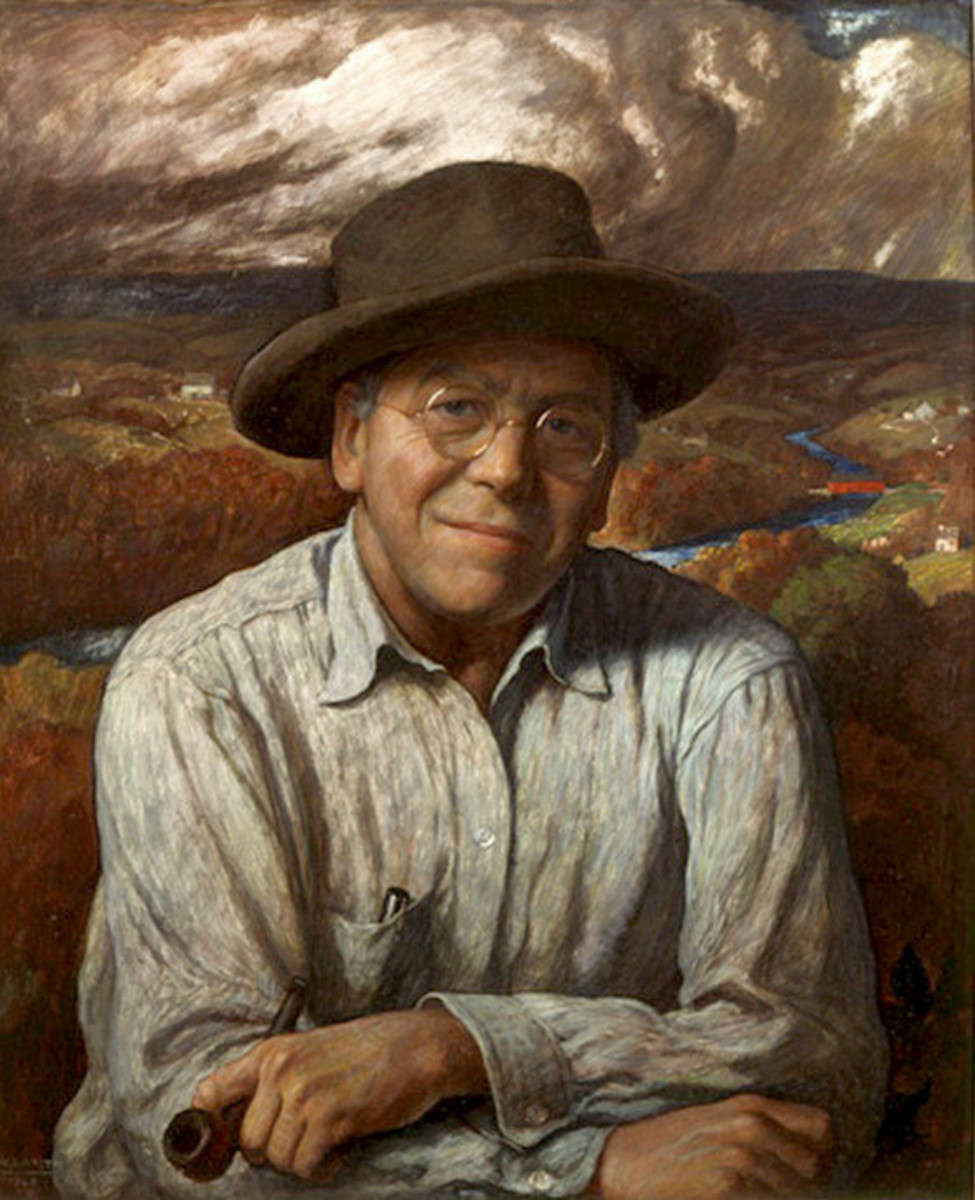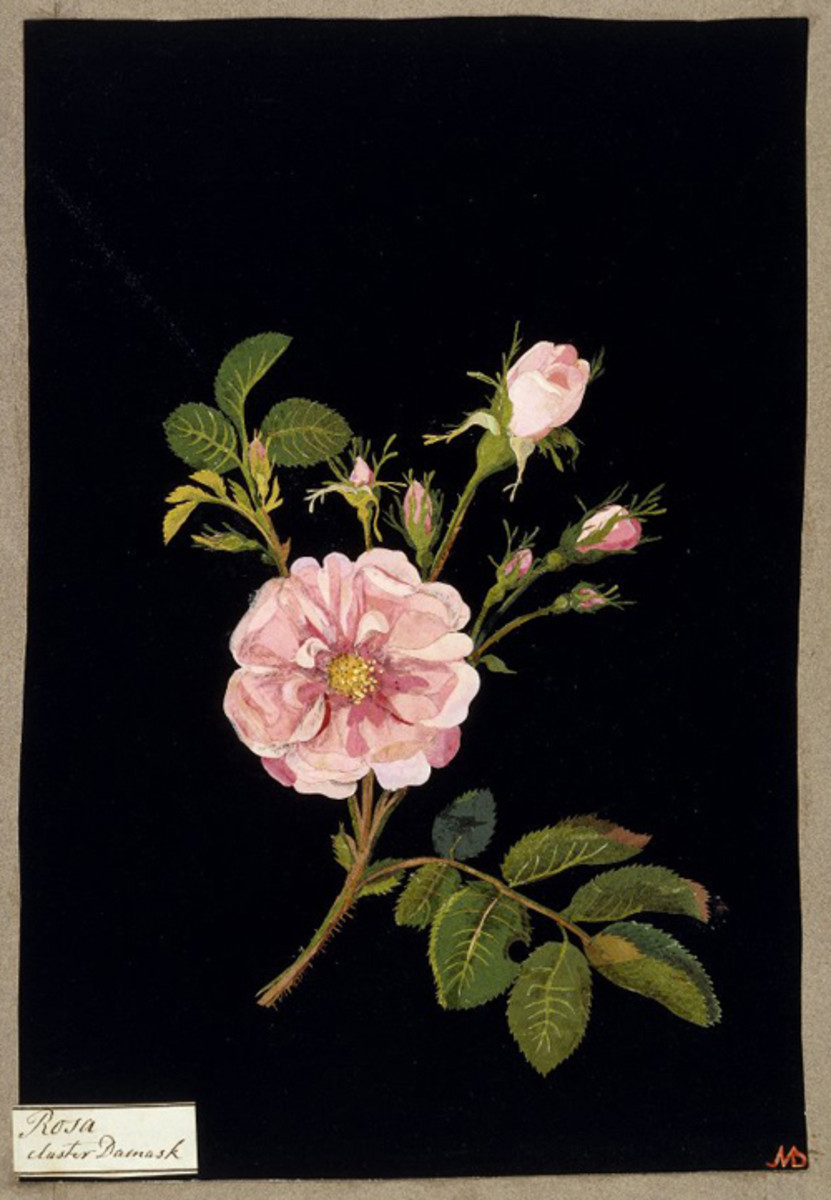What is Dadaism and Dada Movement in Europe
Dada was a movement that arose in Europe in the aftermath of World War I horrors. Due to the war, a number of intellectuals, writers and artists congregated in Zurich. They were mostly of French and German nationalities. They protested against the war through artistic medium. They declared themselves non-artists, and vowed to create non-art because art did not have meaning anyway. They used early form of shock art and thrust mild obscenities. Marcel Duchamp “performed the most notable outrages by painting a mustache on the copy of the Mona Lisa (and scribbling an obscenity beneath) and proudly displaying his sculpture entitled Fountain”
Dadaism: Marcel Duchamp
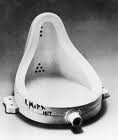
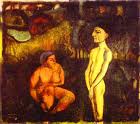


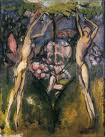
The early futurists too experimented with typography ushering in a new but more intense and expressive communication that was a synthesis of literary and graphic. Their glorification of violence and Dadaists’ nihilistic anti-logic is rooted in political and cultural schisms brewing in Europe with the consequence of anxiety and marginalization among writers and artists. Among the contemporary Italian Futurist journals “Lacerba, printed from 1913 to 1915, and L’Italia Futurista, printed from 1916 to 1918” offer us more pronounced war imagery. However, even as the Italian Futurists were utilizing language in the content of their artwork to visually express the sounds of the modern world, it was the Dadaists that truly explored the possibilities within visual language
In 1921, a New York artist Man Ray wrote a letter to Tristan Tzara, the Romanian poet that had spearheaded Dada movement to Paris. The letter illustrates the naked body of German expatriate the Baroness Elsa von Freytag-Loringhoven (fig. 1.1 of the book Irrational Modernism, 2004). The image of the Baroness depicts her pubic shaved and arms cocked. Thus, her lean physique gets rather pronounced and expressive. The body of the baroness is displayed in a posture that looks like the letter “A” of “America” that Man Ray was trying to highlight. This was a sign for Man Ray and for Tzara and for European Dada, the American Dada’s “merde” effect that Dada could not live in New York, since Dada was a rival in an all Dada America. Man Ray thus radicalizes his representation of New York Dada through the body of the Baroness. Contemporary critics, like Jane Heap considers the Baroness as the first American Dada (Gillieson 2006).
In the mid 1950s, the American art scene was rocked by several art movements like Neo-Dada, Lettrism, Funk Art among several others. They wanted their art styles to be inclusive as against traditional art styles like expressionism. They used non-art material to express easily recognizable subjects of the popular culture. The artists during this era included Rauschenberg, Ray Johnson and Jasper Johns that made an impact on the new York art scene. Their unique focus was on producing art reflecting contemporary America. Ray Johnson had a significant impact on pop art movement. He is recognized as the founding father of the mail art. Ray Johnson’s bunny is proclaimed by Johnson himself “the cartoon tag to be person self portraits varied by the daily mood changes to his life”. It is like “genetically mutant micky mouse engineered to be rabbit”. “How to make Ray Johnson bunnies step by step” is like his correspondence school ads challenging readers to draw the portrait and return the same for analysis. Johnson asked his friends and readers for years to alter (what he calls “add ons”) his bunny heads. The bunnies were also assigned names at other times of well known or unknown people who could belong to the New York Correspondence School. The link to this work is available at http://www.actlab.utexas.edu/emma/Gallery/galleryjohnsonpix.html.
Finally, we can affirm that although the Dada movement which was no movement strictly in terms of Dada was short lived after their origin in 1916, but their influence has continued to grow in a variety of expressions.



